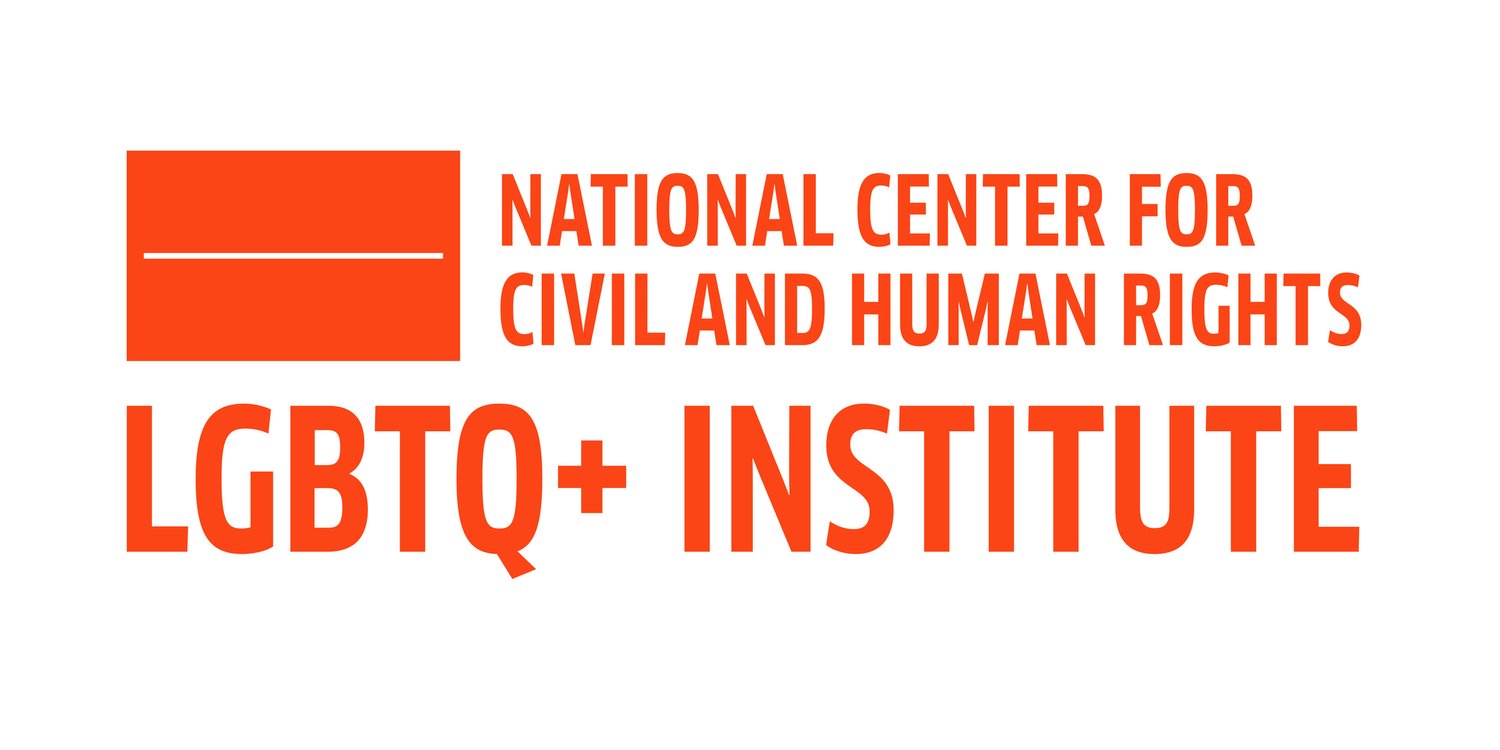LAWRENCE, Kan. — A majority of Americans overestimate the size of the gay population, and those who do are more likely to oppose equal rights for LGBT individuals, a new study finds.
Researchers at the University of Kansas looked at two national surveys, conducted in 1977 and 2013, that measured attitudes on the U.S.’s lesbian and gay population.
In both surveys, respondents tended to pad their estimate of the number of gays in America — believed to be anywhere between three and 10 percent of the total population — a phenomenon that was prominent regardless of one’s political or religious beliefs.
Respondents in the 1977 survey indicated that anywhere from 10 to 19 percent of the population was gay, while respondents from the more recent survey believed 23 percent of the population identified as homosexual.
“I would suspect that people might be surprised at the fact that most of us are not very good at estimating the sizes of minority populations, and most of us tend to inflate the size of any minority population,” says Don Haider-Markel, one of the study’s co-authors, in a university news release.
While some demographics may perceive gay individuals as being “threatening,” such as Republicans and those of certain faiths, holding a particular ideology wasn’t found to affect one’s estimate of the gay population.
Rather, it prompted many to voice less support for civil liberties for LGBT individuals, such as the right to marry and receive equal employment protections.
LIKE STUDIES? CLICK HERE TO FOLLOW STUDYFINDS.ORG ON FACEBOOK!
With this finding in mind, Haider-Markel argues that “those who advocate for policy that protects minorities should educate the public about the size of the population under consideration.”
Importantly, previous research has shown that popular belief concerning the size of America’s gun owning population also diverges from reality.
“We suggest there are a host of other minority populations not yet examined but nevertheless important politically,” concludes Mark Joslyn, the study’s other co-author. “We also believe the public is equally poor at judging the size of majorities. Whether estimates of majority are close to accurate and whether they matter for support of relevant policies in another question for future research.”
In both surveys, respondents tended to pad their estimate of the number of gays in America — believed to be anywhere between three and 10 percent of the total population — a phenomenon that was prominent regardless of one’s political or religious beliefs.
Respondents in the 1977 survey indicated that anywhere from 10 to 19 percent of the population was gay, while respondents from the more recent survey believed 23 percent of the population identified as homosexual.
“I would suspect that people might be surprised at the fact that most of us are not very good at estimating the sizes of minority populations, and most of us tend to inflate the size of any minority population,” says Don Haider-Markel, one of the study’s co-authors, in a university news release.
While some demographics may perceive gay individuals as being “threatening,” such as Republicans and those of certain faiths, holding a particular ideology wasn’t found to affect one’s estimate of the gay population.
Rather, it prompted many to voice less support for civil liberties for LGBT individuals, such as the right to marry and receive equal employment protections.
LIKE STUDIES? CLICK HERE TO FOLLOW STUDYFINDS.ORG ON FACEBOOK!
With this finding in mind, Haider-Markel argues that “those who advocate for policy that protects minorities should educate the public about the size of the population under consideration.”
Importantly, previous research has shown that popular belief concerning the size of America’s gun owning population also diverges from reality.
“We suggest there are a host of other minority populations not yet examined but nevertheless important politically,” concludes Mark Joslyn, the study’s other co-author. “We also believe the public is equally poor at judging the size of majorities. Whether estimates of majority are close to accurate and whether they matter for support of relevant policies in another question for future research.”
The full study was published in September in the Journal of Homosexuality.
